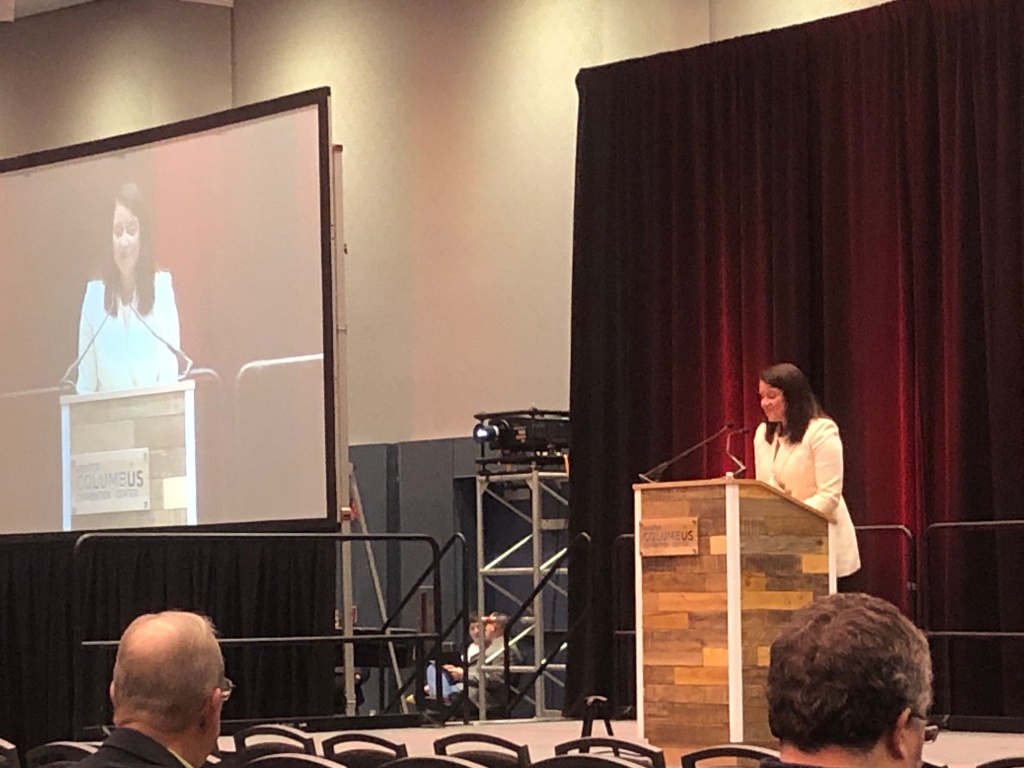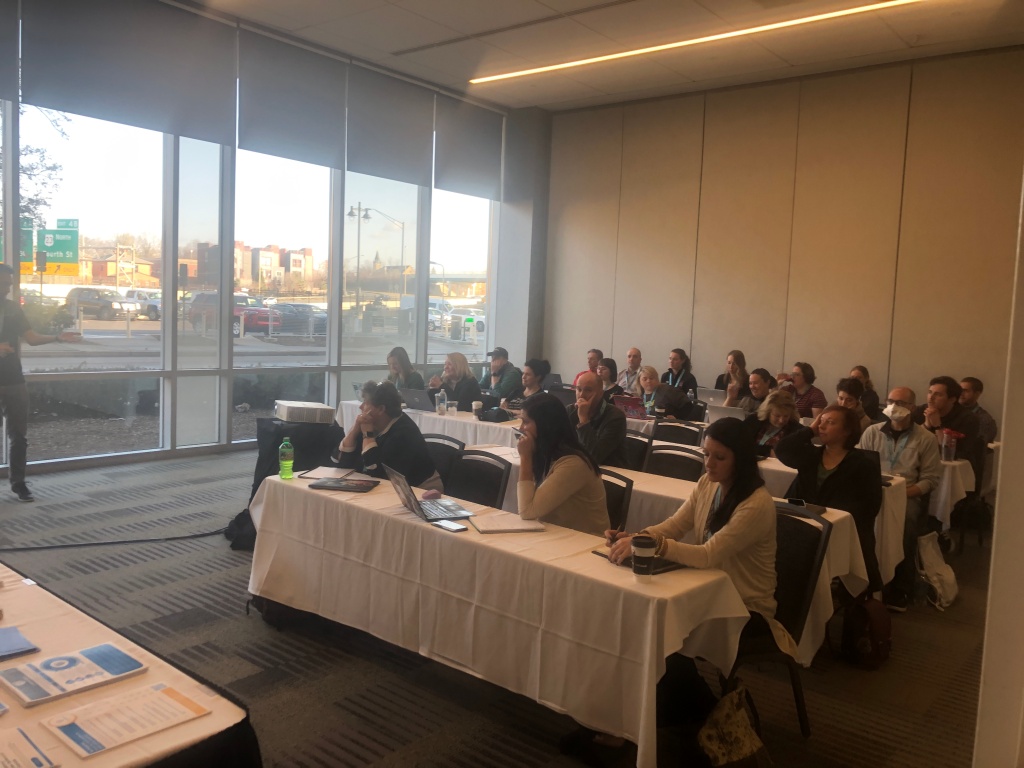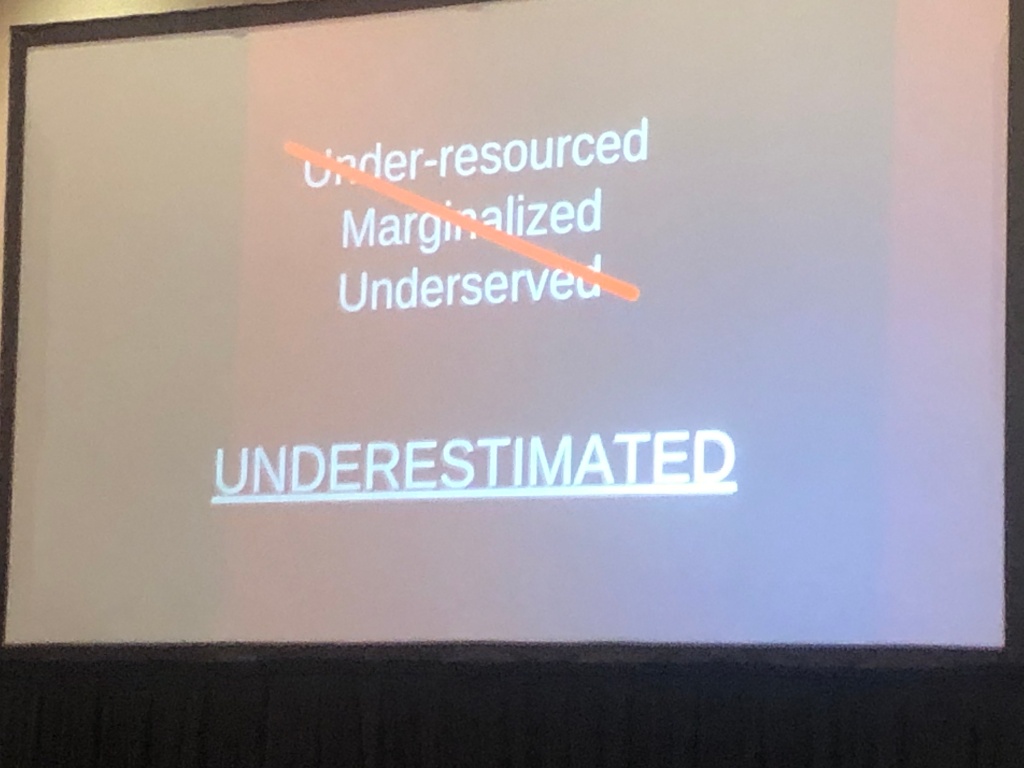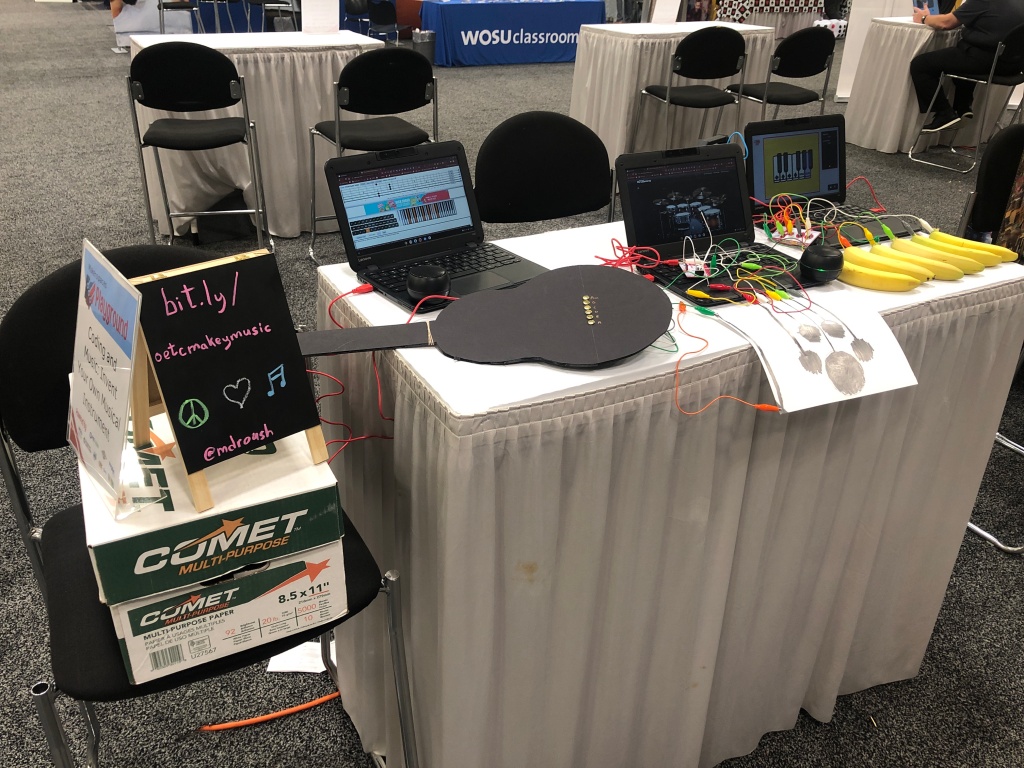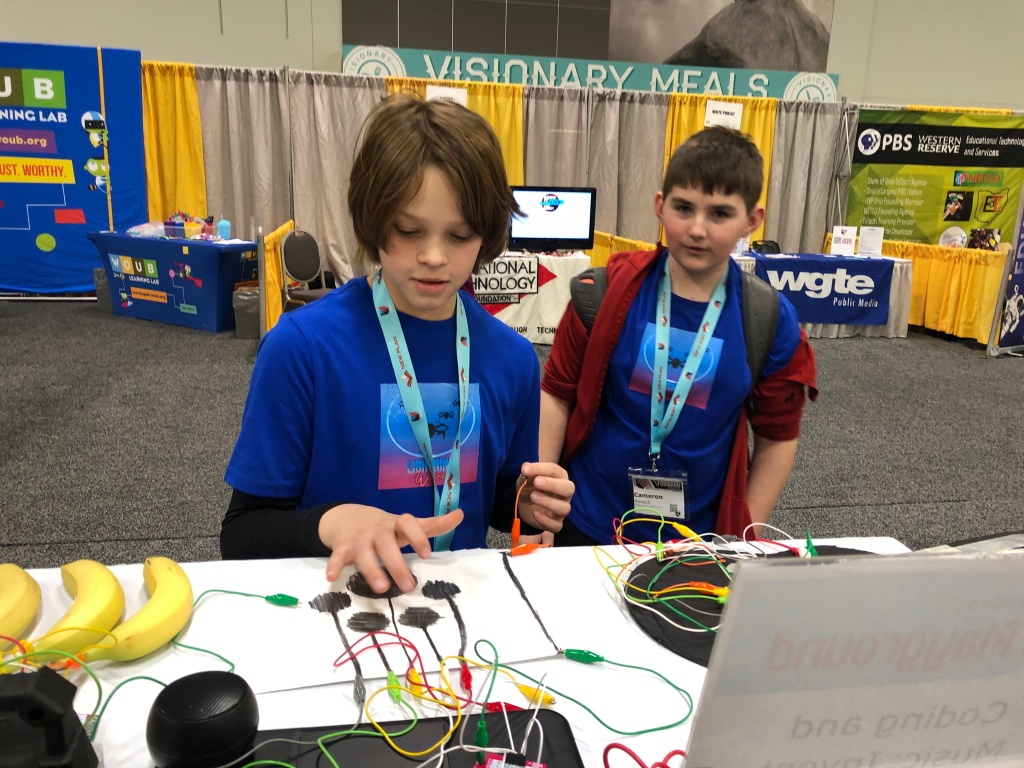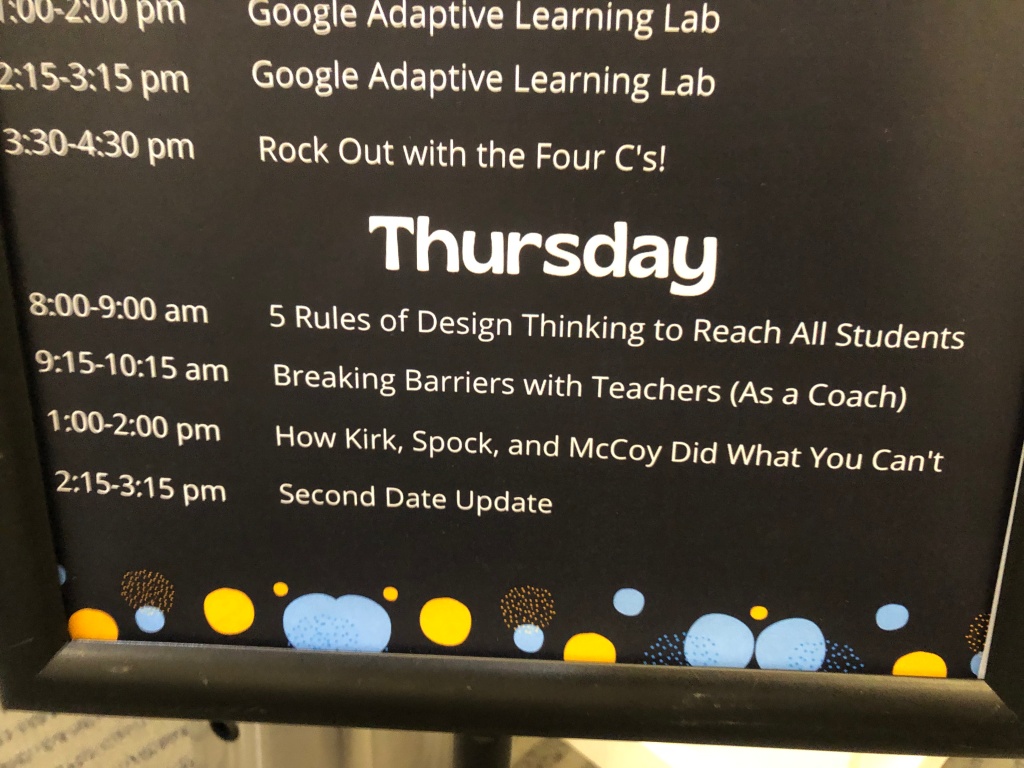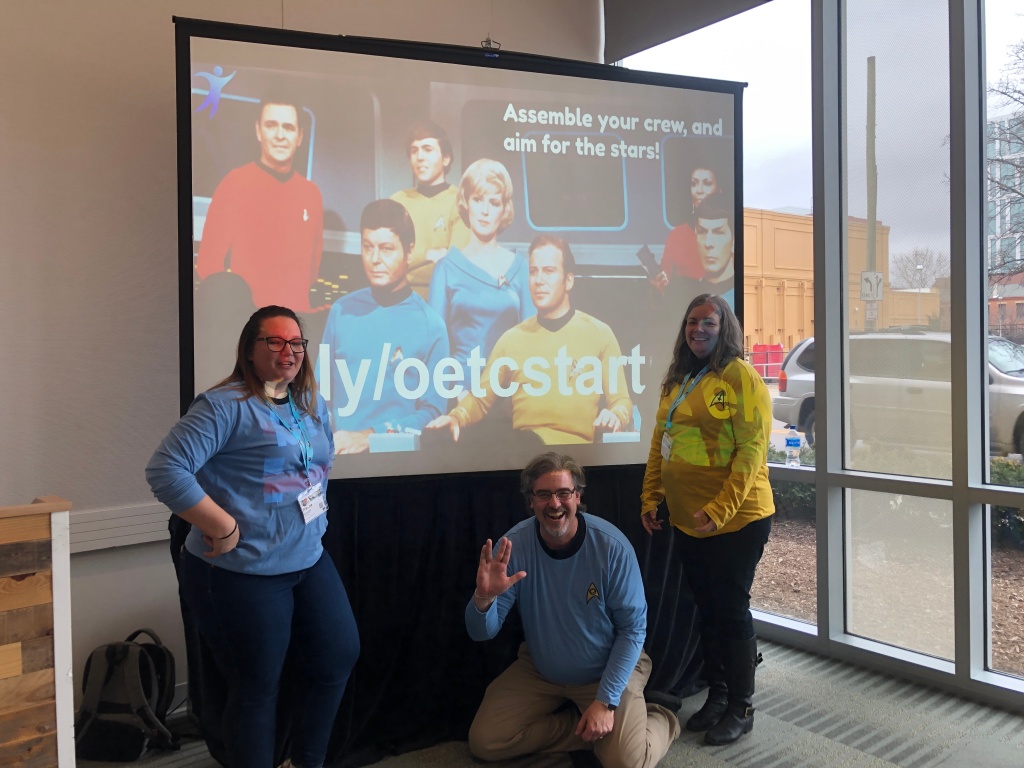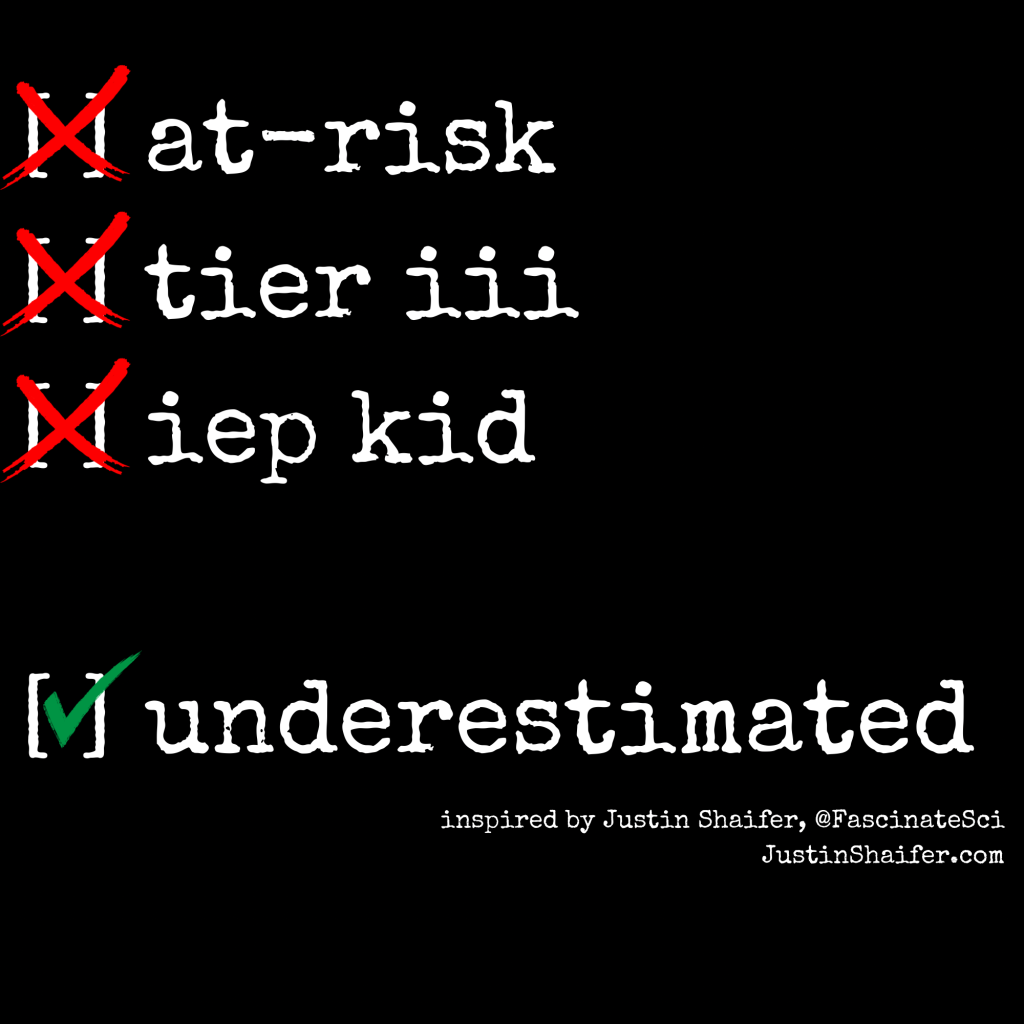I attended the Ohio Educational Technology Conference in Columbus, Ohio, from February 13-15, 2024. This annual gathering is in its second year of returning to a face-to-face model after many successful years of in-person conferences were interrupted by two years of Covid-protocol enforced virtual options. This year’s conference theme was “Syzygy.”
In April, Ohio will be a popular destination for sightseers, looking forward to a rare example of syzygy – the sun, earth, and moon will be aligned in such a way that a total eclipse will be observable across a wide band through the state.
The 2024 Ohio Educational Technology Conference capitalized on this highly-anticipated astronomical event to draw a comparison to the alignment we seek between teaching, learning, and technology. Syzygy.
While we continue to answer the questions about how to most effectively use the technology we have to help more students achieve more, we find ourselves faced with new questions and new challenges, like how to address the sudden proliferation of artificial intelligence tools.
Here are my top takeaways from OETC 2024.
- Artificial Intelligence (AI) is the next big opportunity and the next big problem. When calculators became small and cheap, we wondered what would happen to math class. When Internet search engines came into their own, we wondered what would happen to the reference section of the library. AI has us wondering what will happen to students learning to write papers, computer programs, and just about anything else. I heard lots of examples of how teachers can use AI right now to save time and improve their practice. I likewise heard lots of warnings about students misusing AI or accessing tools they should not. We haven’t established a clear direction around expectations for its use, mostly because what AI can do seems to expand every day. Right now, the only bad answer is to pretend it doesn’t exist and that our students aren’t already using it. Ohio and aiedu.org have collaborated to publish an AI Toolkit for schools and their communities.
- Students consuming information is now an assumption. With so many formats and delivery mechanisms available, curating quality content is the order of the day, not simply providing it. The power of digital technologies has made it easier than ever to have students creating high-quality products of their own. In a year where colleges are debating whether to continue to ask for students’ SAT scores, students are posting links to the books they’ve authored, movies they’ve directed, and songs they have written and recorded and mixed. Tools like Canva, Flip, and Book Creator put the power of publishing to a global audience at students’ fingertips.
- Innovative practice, thoughtfully implemented, is what will lead to a bright future. Keynotes by George Couros, Dr. Chinma Uche, and representatives from Chagrin Falls Exempted Village Schools emphasized overcoming fear and inertia in systemic practice. While chasing every shiny new tech tool creates chaos that leads us nowhere, we likewise cannot rely on what we have always done to get better results for more students. STEM and real-world impact are no longer the privilege of a few students identified as qualified to participate. Each student deserves access to quality instructional materials and tools to achieve what was not possible before. And we cannot rely on doing what we have always done to get results we have never gotten.
The future, and the present, belong to them. Our job as educators has always been, and continues to be, to guide them in creating a better world by aligning the tools, the skills, and the opportunities that they will need.
Syzygy.

 This year’s
This year’s 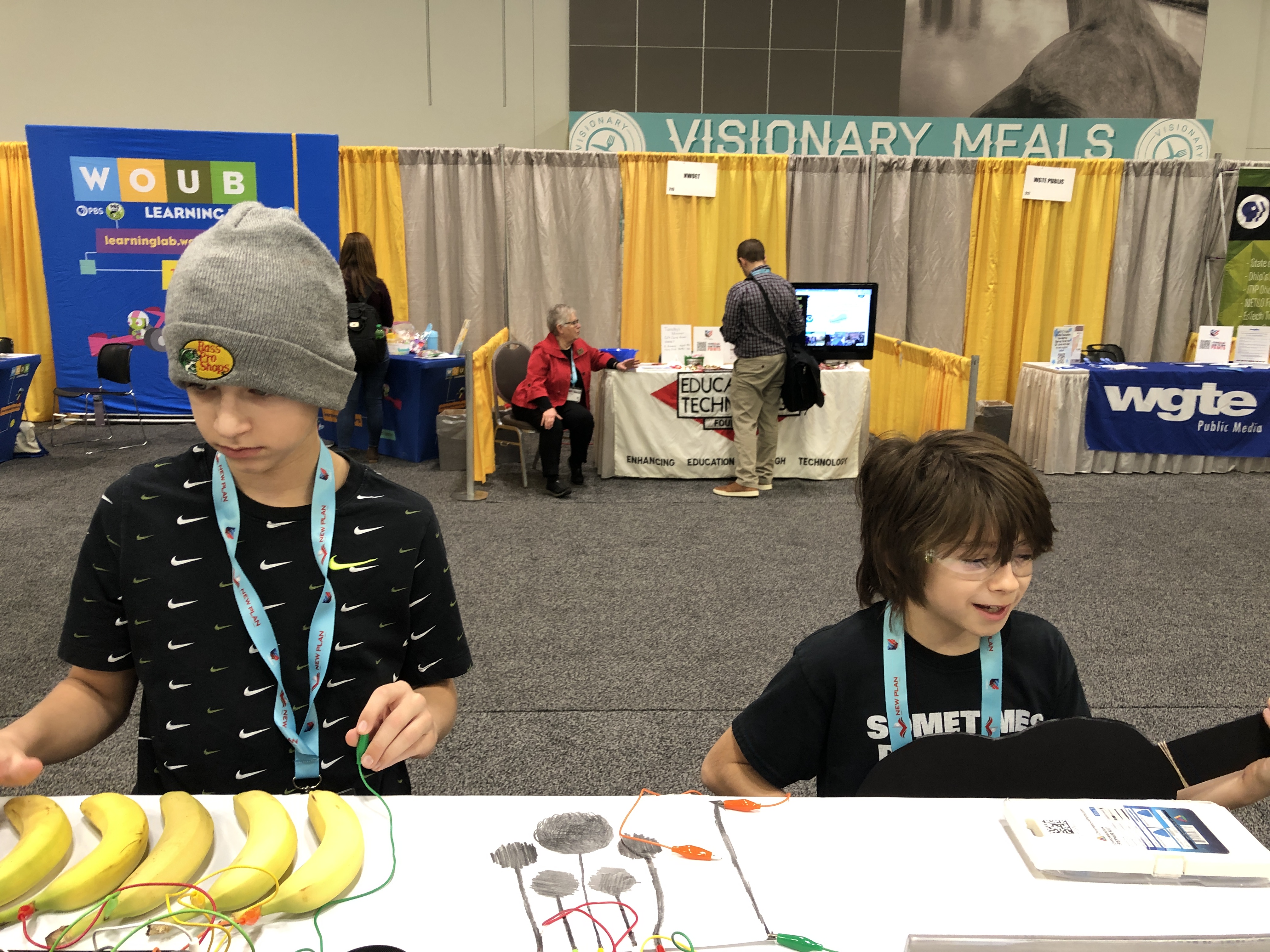 I was fortunate enough to get to present a Playground presentation as well. This is probably my favorite format at conferences – both as a presenter and as an attendee. At a Playground, there are several displays set up, and participants get to choose which ones they would like to learn more about. My playground presentation was pieces from a high school music class using Makey Makeys to invent their own musical instruments! Educators and students alike spent some time with my cardboard guitar, pencil-drawn drums, and the classic banana piano!
I was fortunate enough to get to present a Playground presentation as well. This is probably my favorite format at conferences – both as a presenter and as an attendee. At a Playground, there are several displays set up, and participants get to choose which ones they would like to learn more about. My playground presentation was pieces from a high school music class using Makey Makeys to invent their own musical instruments! Educators and students alike spent some time with my cardboard guitar, pencil-drawn drums, and the classic banana piano!

